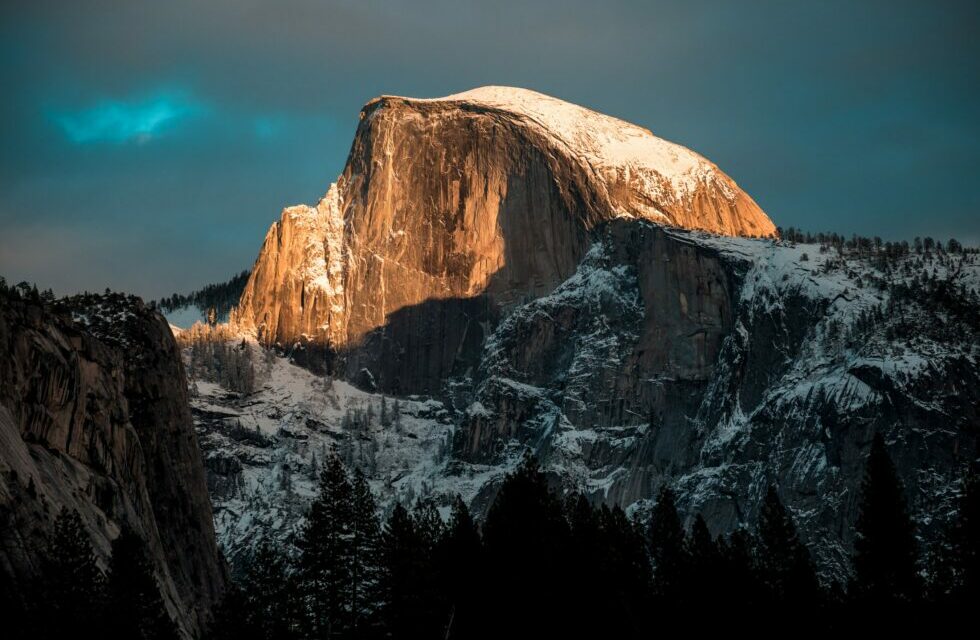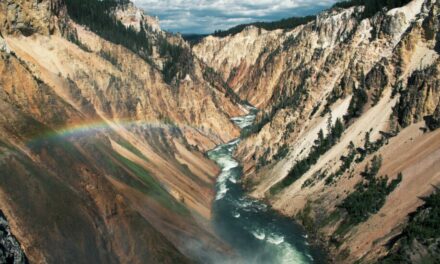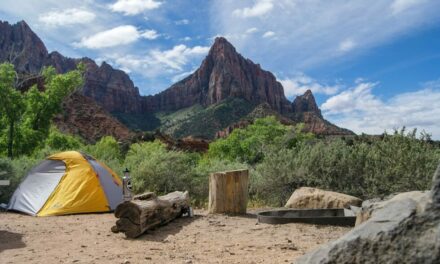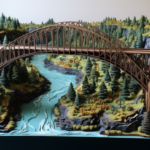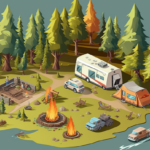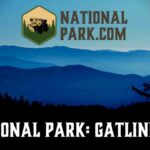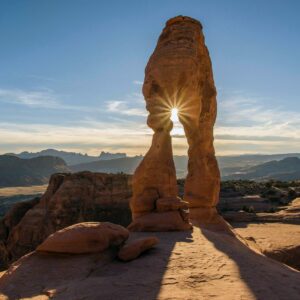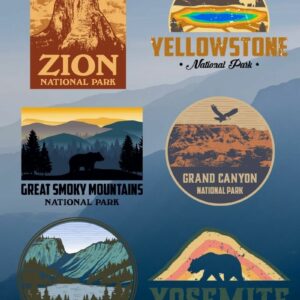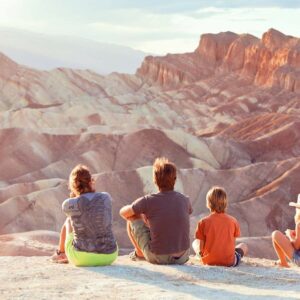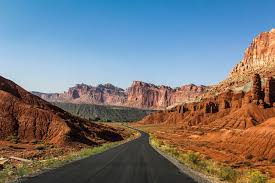Yosemite National Park is a beautiful place to visit regardless of the time of year, but you will find different scenery, weather, and activities available depending on when you travel. During the summer, you will experience a lot of heat, and a wide variety of hiking opportunities. During the winter, you get to see the beauty of the mountain peaks during the snowy season, which is a truly magical sight. Half Dome especially is breath-taking during this time of year. Of course, with such a wide variety of seasons and weather, and the change in activity opportunities, you will want to plan your trip in advance around what activities you want to do during your time in the park.
Yosemite is located at a very convenient place, and it isn’t difficult to get to the park from most U.S. cities. You can drive, or rent a car at the airport, and pay a very small fee to enter the park itself. When you enter the park, there are a lot of options for where you can stay during your trip. If you are a camping enthusiast, there are many different campgrounds that you can settle down in. If you prefer a less rugged experience, Yosemite also offers cabins where you can stay during the visit. With these, you get a warm bed and a kitchen to make your own breakfast. While in the park, there are so many outdoor activities for you to do, and various educational resources to expand your knowledge on the history of the park. There are also a variety of incredible places just outside the park to visit, including Badger Pass, Bass Lake and the giant sequoias of Mariposa Grove, which all deserve their own day trip.
Here’s a few easy steps to plan the best Yosemite experience for you and your family.
- Decide what time of year you will visit. Yosemite offers different activities depending on the time of year, so you may want to adjust your plans to what you want to do in the park! In the summer, popular activities include biking and hiking, and the weather will be warm. There are also more crowds in the summer. In the spring, popular activities include hiking, and the waterfalls are in full force due to runoff. You may not have the best weather, but there will be fewer crowds. In the fall, sightseeing is popular, including the redwoods, plant life, and wildlife. Crowds will be low to medium, and you often have warm days and cold nights. In the winter, skiing is a very popular activity, and you will definitely see snow! Crowds around this time are usually medium.
- Plan your transport. Deciding how to get to and around the park is very important! Whether you will drive or fly to the park is a personal preference- if you fly, you will likely need to rent a car. A vehicle pass into the park is $20, and is good for 7 days. A personal pass is $10 (individual person without a car). There is a shuttle system in the park, but no car rentals.
- Decide where you will stay. If you aren’t camping, there are options available within the park. You can reserve a cabin or a condominium. A cabin accommodates anywhere between 2 and 8 people, and includes a private deck, internet and TV, and a Jacuzzi. A condominium is more simple, and can hold from 2-4 people. It has a kitchen and internet/TV.
- Learn about the park. Yosemite has a variety of different educational resources for you to investigate. The visitor center should be your first stop, and they can answer any questions you have about the park history or activities. The museum holds an exhibit about the Miwok and Paiute Indians. Ansel Adams Gallery showcases art and photographs inspired by the park. The nature center has natural history exhibits and a bookstore. Educating yourself about the park is a fun way to expand your knowledge and increase your enjoyment of the park.
- Explore popular viewpoints. There are two main viewpoints in the park. From Tunnel View, you can see El Capitan, Bridalveil Fall, and Half Dome. From Glacier Point, you can see Half Dome and some of the park’s beautiful waterfalls.
- Make time for a hike. Yosemite has plenty of hikes available for all experience levels. A couple of the most popular include Bridalveil Fall, Lower Yosemite Falls, Mirror Lake, and the Four Mile Trail. Hiking is a great way to experience the park up close and personal, and to get some great photo-ops!
- Find recreational activities. There are so many different kinds of activities to do in the park, but you may not have time to do all of them! Some of these activities include backpacking, for the rugged visitor; fishing, for the outdoorsman; rock climbing, for the adrenaline junkie; and horseback riding, for the animal lovers. No matter what you like to do, you can find something in Yosemite Park that suits your needs.
- Explore outside of the park. There are a lot of great sights to see within a short drive from Yosemite. Some of these include the amazing Mariposa Grove, where you can see giant sequoias, the Wawona golf course, Glacier Point, and Badger Pass.
Planning a trip can be stressful, especially when there is so much to do in our national parks. Hopefully this list can be an easy guide to the different components of a trip to Yosemite Park, so that you can plan a fun and seamless adventure to this incredible national park.


